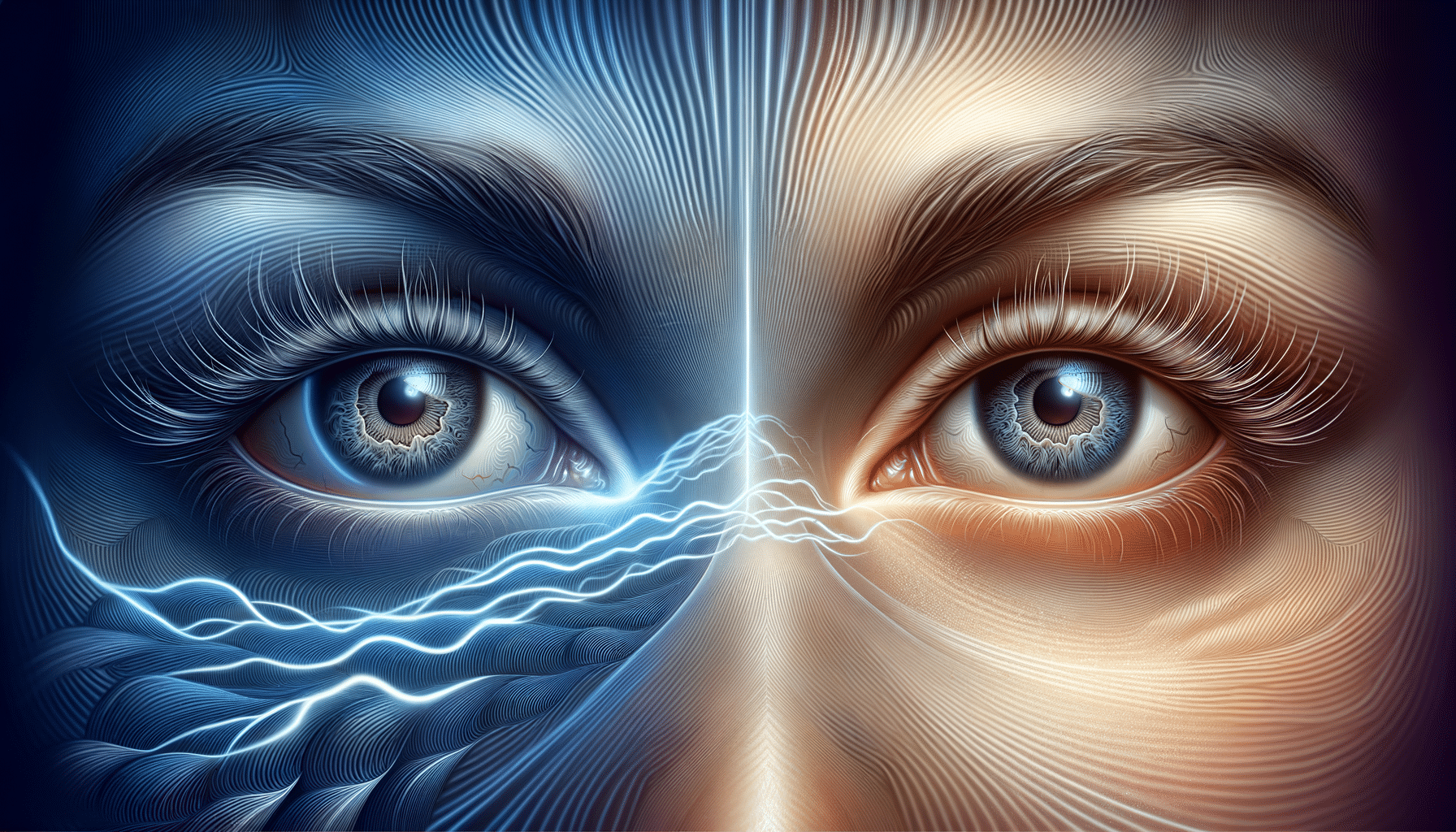
Understanding Ocular Migraine
Introduction to Ocular Migraine
Ocular migraines, often misunderstood, are a type of migraine that primarily affects vision. Unlike typical migraines that cause severe headaches, ocular migraines can manifest without any pain but with visual disturbances that can be quite alarming. Understanding the nature of these migraines is crucial for those who experience them, as well as for healthcare providers who aim to offer effective management strategies. This article delves into the various aspects of ocular migraines, including their causes, symptoms, and potential treatments, offering a comprehensive view to help those affected manage their condition more effectively.
What Causes Ocular Migraines?
The precise causes of ocular migraines remain somewhat elusive, but they are believed to be linked to changes in blood flow in the brain. These changes can lead to the visual symptoms associated with the condition. Several factors may trigger these changes, including:
- Stress and anxiety
- Hormonal fluctuations, particularly in women
- Dietary triggers such as caffeine, alcohol, and certain foods
- Environmental factors like bright lights or loud noises
Genetics also play a role, as individuals with a family history of migraines are more likely to experience them. Research continues to unravel the complexities of this condition, aiming to identify more precise triggers and mechanisms.
Recognizing Symptoms of Ocular Migraine
Ocular migraines are characterized by visual disturbances that typically affect one eye. These disturbances can include:
- Flashing lights
- Zigzag patterns
- Blind spots
- Temporary vision loss
These symptoms can last anywhere from a few minutes to an hour, and they often resolve without intervention. It’s important to note that while these symptoms can be unsettling, they are usually not indicative of a more serious underlying condition. However, if you experience these symptoms for the first time, it is advisable to seek medical advice to rule out other potential causes.
Managing and Treating Ocular Migraines
While there is no specific cure for ocular migraines, several strategies can help manage and reduce their frequency. These include:
- Identifying and avoiding known triggers
- Maintaining a regular sleep schedule
- Practicing stress-reduction techniques such as yoga or meditation
- Using prescribed medications to manage symptoms
In some cases, medication used to treat other types of migraines may also be effective for ocular migraines. Consulting with a healthcare provider can help tailor a management plan that suits individual needs and lifestyle.
Conclusion: Living with Ocular Migraines
Living with ocular migraines can be challenging, but with the right knowledge and management strategies, individuals can lead a normal, fulfilling life. Understanding the triggers and symptoms is the first step in effectively managing the condition. Regular consultations with healthcare providers can ensure that any changes in symptoms are promptly addressed, and that the most effective treatment plans are in place. By taking proactive steps, those affected by ocular migraines can minimize their impact and maintain a high quality of life.


